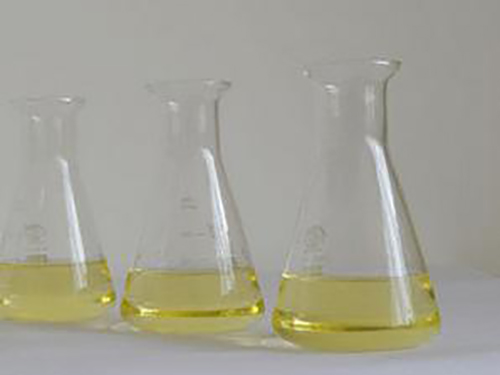Exploring the Benefits and Applications of Cl+ Me Isothiazolinone in Modern Formulations
Understanding the Impact of CL+ ME Isothiazolinone A Comprehensive Overview
In the world of chemistry and biochemistry, isothiazolinones have emerged as crucial compounds in various applications, particularly in the fields of industrial and household products. One specific member of this family, CL+ ME isothiazolinone, has garnered significant attention due to its effectiveness as a preservative and antimicrobial agent. In this article, we will explore what CL+ ME isothiazolinone is, its uses, safety concerns, and the ongoing discussions surrounding its application.
What is CL+ ME Isothiazolinone?
CL+ ME isothiazolinone, also known as chloromethylisothiazolinone (CMI) and methylisothiazolinone (MIT), is a mixture of two isothiazolinone compounds commonly used in conjunction with one another. These compounds are particularly known for their broad-spectrum antimicrobial properties, which make them effective preservatives in various formulations, such as paints, personal care products, and household cleaners. Their ability to inhibit bacterial growth and fungal contamination extends the shelf life of products, ensuring safety and efficacy for consumers.
Applications of CL+ ME Isothiazolinone
CL+ ME isothiazolinone is primarily utilized in the following areas
1. Cosmetics and Personal Care Products It is frequently found in shampoos, conditioners, lotions, and other beauty products, where it helps prevent microbial growth that could compromise the product's safety and performance.
2. Industrial Applications The compound is also used in various industrial formulations, such as cooling water systems, paints, and coatings. It serves to protect these products from bacterial and fungal contamination, thereby improving their longevity and effectiveness.
3. Household Products Many household cleaning agents contain CL+ ME isothiazolinone due to its potent antimicrobial properties. It helps maintain hygiene and safety in homes by preventing the growth of harmful microorganisms on surfaces.
cl+ me isothiazolinone

Safety Concerns and Regulatory Status
Despite its widespread use, the safety of CL+ ME isothiazolinone has been a topic of concern, particularly regarding skin sensitization and allergic reactions. Reports have indicated that some individuals may develop allergic responses to products containing these compounds, leading to conditions such as contact dermatitis. The rising incidences of allergic reactions have spurred regulatory bodies, including the European Union’s Scientific Committee on Consumer Safety (SCCS), to reevaluate its safety profile.
In response to these concerns, regulatory agencies have set strict limits on the concentration of CL+ ME isothiazolinone allowed in cosmetic and personal care products. For instance, in the EU, the maximum concentration of CL in cosmetics is limited to 0.0015%, while ME isothiazolinone has a limit of 0.01% in rinse-off products and 0.0015% in leave-on products. This regulatory framework is designed to mitigate the risks associated with these compounds while allowing their beneficial uses to continue.
The Ongoing Debate
The discourse surrounding CL+ ME isothiazolinone reflects a broader conversation about the balance between safety and efficacy in preservatives used in consumer products. Proponents argue that, when used within regulated limits, these compounds are safe and effective in preventing contamination. However, critics emphasize the need for safer, natural alternatives that do not pose a risk of allergic reactions.
This debate is indicative of a larger trend within the cosmetic and personal care industries, where consumers are increasingly demanding transparency and safety in product formulations. Manufacturers are responding by exploring alternative preservatives, including plant-based options that may not carry the same risk of sensitization.
Conclusion
CL+ ME isothiazolinone plays a significant role in ensuring the safety and efficacy of a wide array of products, from cosmetics to industrial formulations. However, its association with allergic reactions and skin sensitivities calls for ongoing research and regulatory scrutiny. As the conversation around personal care product safety continues to evolve, it is essential for consumers to remain informed and for manufacturers to prioritize the development of safer alternatives that meet the needs and concerns of the public. Ultimately, the goal is to ensure that effective preservation methods do not come at the expense of consumer health and safety.
-
Water Treatment with Flocculant Water TreatmentNewsJun.12,2025
-
Polymaleic AnhydrideNewsJun.12,2025
-
Polyaspartic AcidNewsJun.12,2025
-
Enhance Industrial Processes with IsothiazolinonesNewsJun.12,2025
-
Enhance Industrial Processes with PBTCA SolutionsNewsJun.12,2025
-
Dodecyldimethylbenzylammonium Chloride SolutionsNewsJun.12,2025





